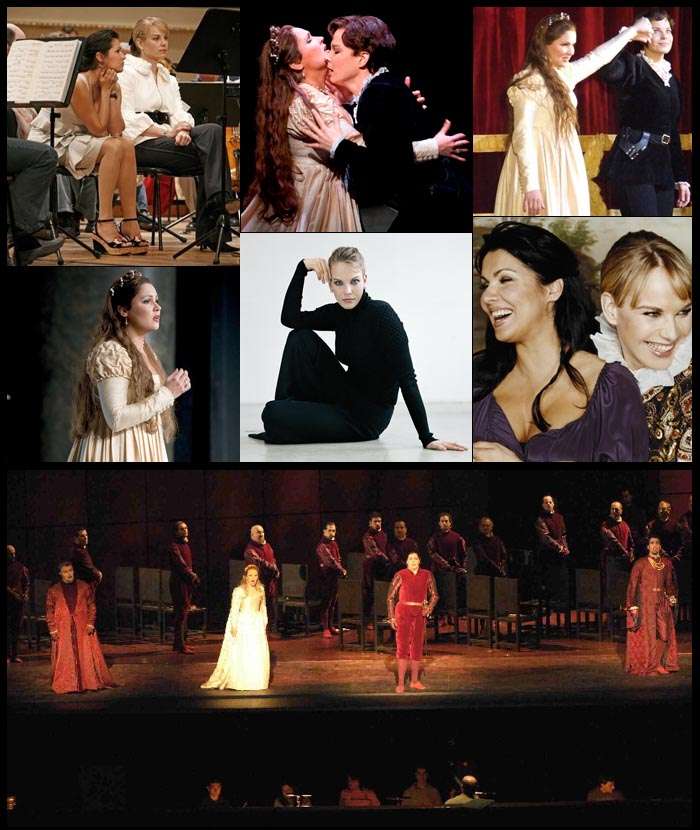Want to learn more about Capuleti E performed in Italy? Read on for facts and info on this historical opera performance from Italy…
I Capuleti e i Montecchi is the name of a popular Italian opera that consisted of two parts. Vincenso Bellini is credited as being the director of this opera. The theme of the performance took inspiration from the historical story of Romeo and Juliet and thus in that way it was basically a remake of that classic story.
One of the things that differentiated this version of Romeo & Juliet was the fact that it wasn’t actually taken from Shakespeare’s version of the story. Rather it was based on other Italian sources instead.
The opera was written for the 1830 Carnival season that was to be held at the Teatro La Fenice in Venice. The writer, Bellini was actually persuaded to write the opera with hardly two months left before the Carnival. However he managed to compose the opera by using copious amounts of previously composed music that had been created for a very unsuccessful opera called Zaira. That is how the first performance of I Capuleti e Montecchi took to the stage on 11 March in 1830.
As mentioned above the opera took inspiration from Romeo and Juliet but it derived its direction from Italian sources rather than Shakespeare. This was a very popular plot in Italian works and over the course of history it had been performed in many different variations.
The whole opera was based on music of which the majority of the compositions were already created. Records indicate that the bulk of the performance was based on the C scale with the performers rarely descending below this. The most prominent and popular artists and opera performers of the time were brought together to play the different roles in the opera. As it was to be performed at one of the most prestigious festivals held in Italy, it was imperative to hire the right cast for the play.
Due to shortage of time Bellini actually had to rework ten of his melodies that were originally composed for the opera Zaira to work within his “new” opera. These were further complemented by a number of new musical compositions that were added to the work.
The original and illustrious cast for the opera did not remain at all the same as later performances were to feature a totally different cast which resulted in a somewhat different experience for the visitors to the theater. Over the next few years the same opera was performed in Paris, London as well as Florence. Each time it had some of its cast members changed. One of the things that set this opera apart was the fact that the writer and director actually managed to get a classically trained tenor to play the part of Romeo. The performance of this historical opera continued up till 1967 and during its run it was also performed in Amsterdam, Philadelphia as well as Rome.





